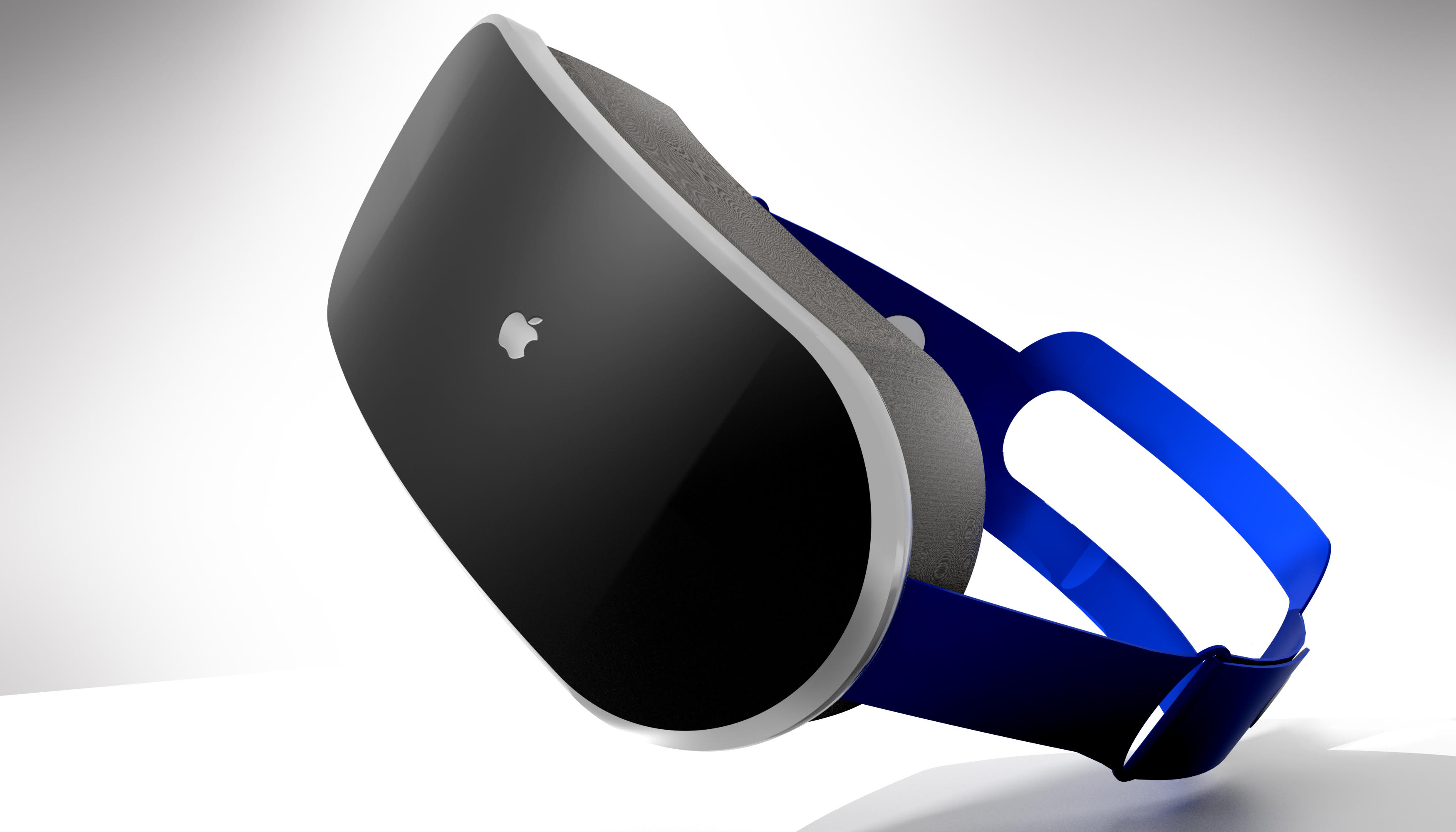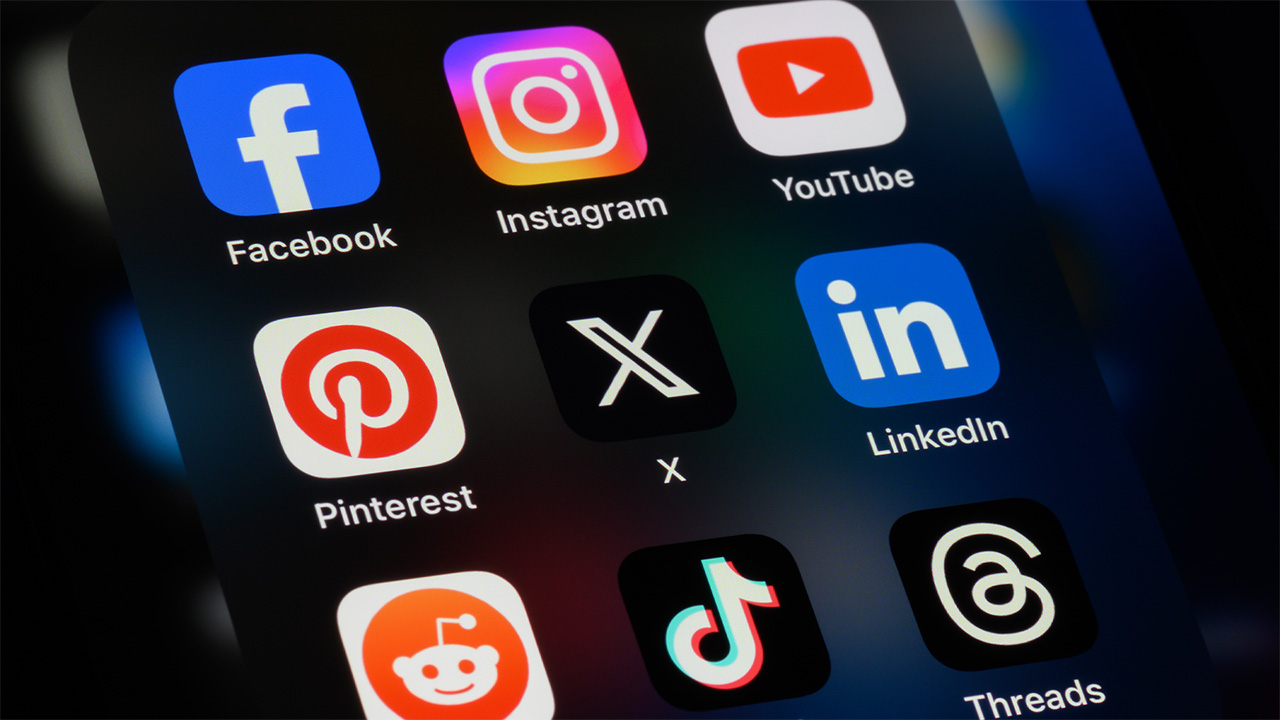Apple VR headset: Here's how Apple can think different
A few years ago, VR headsets for phones were plentiful and lackluster — here's how Apple can avoid that fate

Apple has made no secret of its interest in augmented reality, with CEO Tim Cook periodically touting the merits of AR. It's no wonder, then, that rumors suggest Apple is working on its AR glasses, with the anticipated Apple Glasses eyewear expected to debut sometime around 2023.
But Apple could jump into mixed reality even earlier. Another rumor suggests that the company is working on an Apple VR headset, this one a headset that will blend both virtual reality and mixed reality. This headset, which could pair with your iPhone, is expected to arrive as soon as next year.
- Apple VR and mixed reality headset: Release date, price, specs, and leaks
- The best iPhone apps you can download
- Plus: MacBook Pro 2021 will steal the new iPad's best feature
That groan you may have heard just now came from me, as I cast my mind back a few years to the last time phone makers were pushing virtual reality headgear as must-have accessories for their handsets.
Samsung's Gear VR was easily the best received of the lot, though it was hardly the only VR headset to spring up around 2016 and 2017. Google built an Android-friendly headset called Daydream, and even budget phones from the likes of Alcatel would feature their own VR accessory.
And I hated every one of them.
Virtual reality headsets: The bad old days
For me, the best part of any demo or testing involving a phone-powered VR headset was the exact moment the demo or testing period ended. Not only could I take off the awkward headgear and mop up the sweat that inevitably formed where the headset fastened against my face, it marked the longest point in the space time-continuum before I would have to don a VR headset once more.
My relief at taking one headset off was blunted by the existential dread of knowing that another headset was looming around the corner, offering another lackluster and dizzying experience.
Get instant access to breaking news, the hottest reviews, great deals and helpful tips.

This is not just me being a Luddite, by the way. "Early phone-based VR systems had far too much friction," agreed Avi Greengart, president and lead analyst at Techsponential. "They were a pain to set up and use, and [there was] far too little interactivity. They didn’t do much other than show you 360-degree video."
The good news, if you're like me and don't look back fondly on the VR headsets from a few years ago, is that the technology is much better now. Look no further than the Oculus Quest 2, which has won raves for being comfortable to wear — a big problem with early headsets — and building a compelling library of games. Yes, the inventory shortages that make it hard to find the Oculus Quest 2 in stock are largely pandemic-related, but there's a reason this headset is in heavy demand.
"Today’s self-contained VR systems like Facebook’s Oculus Quest 2 make it easy to jump into VR," Greengart said.
How Apple can think different with VR
Early phone-based VR systems had far too much friction. They were a pain to set up and use, and [there was] far too little interactivity."
— Avi Greengart, Techsponential
Put it another way: there were smartphones before the iPhone's release and tablets prior to the iPads, but that didn't stop Apple from delivering better versions that what other people were producing. You'd have to like the company's chances for pulling that trick off again with VR.
It also helps that Apple is laying the groundwork now for success down the road with VR. Last year's iPad Pro added a LiDAR sensor to Apple's high-end tablet — a move the company then repeated when LiDAR found its way on to the iPhone 12 Pro and iPhone 12 Pro Max. Rumors suggest that the iPhone 13 could introduce LiDAR across Apple's phone lineup.
LiDAR sensors mean more responsive AR and VR apps now. But I also imagine having these sensors in place on current Apple hardware will help the company and its developers build out new experiences that will be ready around the same time Apple's rumored headset is set to launch.

Helping in that regard is ARKit, the suite of AR/VR developer tools that Apple's included in the last few versions of its iOS software. That's giving app makers the necessary experience in developing AR and VR software that takes advantage of Apple's hardware. That's already led to some interesting iPhone AR apps and games, but it's really going to pay off for when there's a headset worth developing for.
The importance of Apple VR apps and 5G
And finding the right kind of apps is critical for any VR headset — whether it's shipping now or at some point in the future. "While there is still work to be done improving the [headset] experience, the bigger challenge is figuring out what’s worth doing when we’re in there," Greengart said. "Plenty of companies are working on communication and enterprise collaboration, and clinical trials show good results in medicine and pain management, but the big early successes are games and exercise – often a combination of the two."
Apple's headset figures to benefit in another way by waiting until next year to arrive. 5G networks are continuing to develop, and that's one area that will undoubtedly benefit from 5G's faster speeds and lower latency. One of the VR demos I didn't dread over the years involved stream immersive sports highlights — something that really benefits from fast 5G. And those speeds are going to improve in the next couple years, as Apple's push into VR and AR is expected to pick up steam.
There's a lot of time between now and when Apple's virtual reality/mixed reality headset will hit the market, which means a lot more time for rumors and leaked VR renders. But it also gives Apple time to study why the early headsets never really took off and to figure out a way to win over VR skeptics like me.
Philip Michaels is a Managing Editor at Tom's Guide. He's been covering personal technology since 1999 and was in the building when Steve Jobs showed off the iPhone for the first time. He's been evaluating smartphones since that first iPhone debuted in 2007, and he's been following phone carriers and smartphone plans since 2015. He has strong opinions about Apple, the Oakland Athletics, old movies and proper butchery techniques. Follow him at @PhilipMichaels.

